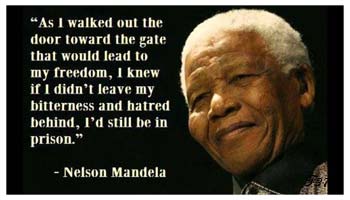
Emotional morality
and moral calculation.
4 – The moral sense understood by science :
A - Emotional morality and moral calculation, two aspects of the moral sense :
Philosophers have long debated the origins of the moral sense. Was it a result of the combination of multiple feelings, according to David Hume, or a rational debate between 'good' and 'evil', according to Immanuel Kant ?We might also ask why the morality of the adult human being is so different from that of the child selected by evolution.
Today, thanks to the new resources at its disposal, science is beginning to offer some answers, without preconceived ideas.
a - Moral dilemmas :
Researchers are conducting an increasing number of experiments to determine whether the sense of right and wrong is part of our learning process, or whether it is already programmed into our brains.
The methods used to achieve this differ depending on whether children or adults are involved. With adults, researchers use short stories proposing various solutions in which thought and emotion compete to arrive at an answer. Some dilemmas only encourage calculation, others arouse emotions, and still others allow choices to be qualified.
It is thanks to these different dilemmas that neuroscientists are gradually succeeding in penetrating the depths of our moral sense and understanding its mechanisms.
Take this dilemma, for example: you have to help a famine-stricken population. To do this, you drive a truck carrying 100kg of food.
The villages to be rescued are very far away, so you have a choice between :
1 - visit all the villages and use 20% of the load (the needs of all the villages will then be met),
2 - visit only half the villages and use only 5% of the load. What do you decide ?
In this example, if the answer is the second choice, we apply a maximum utility rule : this rule is economically efficient, but unfair. The answer you get is the result of a rational calculation.
The first solution is less efficient, but it is fair : no one in need is left out. Another parameter has therefore been introduced to temper the economic calculation and consider the human aspect and sharing.
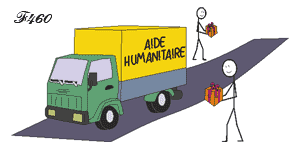 |
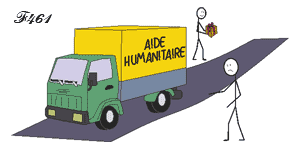 |
1st choice : fair sharing. |
2nd choice : sharing tempered by economic calculation. |
How important are human or purely economic factors when it comes to helping fellow human beings ? In what proportion does each of these two components influence the final choice ?
1 - Rational morality - or how to act to save the greatest number ?
To try and answer these questions, Joshua Greene and his colleagues at Harvard University proposed another dilemma.
"You are driving a bus that is heading towards 5 people and threatens to run them over. The only way to save them is to steer the bus towards a pedestrian : he will be killed, but the other five will be spared. Will you swerve the bus and kill one person to save five ?"
Most subjects answer "yes". In this case, it was the maximum utility rule that determined the final choice : killing is therefore justified.
This logical answer seems to meet the criteria that define moral sense, one of which is to avoid killing. However, at the same time, it escapes the emotional logic that rules out killing, even just one person, all the more so because that person belongs to his own species.
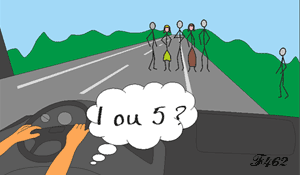
2 - Emotional morality - or refuse to sacrifice others !
Another proposal is made to other subjects :
"A bus is heading towards 5 people who will be killed if it does not change direction. You are standing on a bridge overlooking the road on which the bus is travelling, next to an unknown person, between the approaching bus and the 5 people in danger.
The only way to save them is to push the stranger off the top of the bridge.
He will die, but his body will stop the bus, sparing the 5 people. Will you push him off ?
Most people answer "no".
Why, in this case, did the maximum utility rule not determine the choice ?
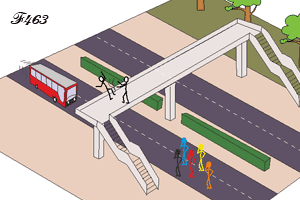
The difference in responses is due to the intervention of the emotions.
In the case of rational morality, only the cognitive areas are involved, sensitivity being left out.
On the other hand, causing someone's death by pushing arouses emotions and is more difficult than the act of deflecting a bus.
This second dilemma shows us that emotions and sensitivity play a decisive role in moral decisions.
Indeed, it is what we feel that leads us to judge the act of sacrificing a human being as immoral. And yet some people make the choice ! What are their reasons for doing so ?
As we have seen, children are predisposed to help.
The emotional brain does not calculate the advantages and disadvantages of an act in advance ; moral judgement only comes after the fact, when rational analysis of the situation leads us to determine that one choice was better than another.
The dilemma is never caused by the emotional reaction ; it arises when the intervention of language judges the act performed according to criteria of right or wrong.
These are the same dilemmas facing artificial intelligence researchers today : should the computer in an autonomous car steer the vehicle towards a lone pedestrian to avoid 5 people ?
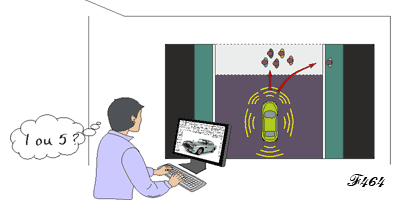
The answer to this question is the result of a calculation that has nothing to do with morality. While the algorithms that decide this are perfectly suited to the killing role of drones and other war machines, they cannot yet give them the moral sense conferred by emotions : to do that, they would first have to teach them not to kill.
« If the term 'moral sense' is suitable for emotions,
can it be used for rational calculation ? »
can it be used for rational calculation ? »
b – The importance of emotions - to feel or to be insensitive ?
Three categories of moral dilemmas were used by Joshua Greene and his colleagues to conduct their study :
- personal moral dilemmas (involving the subject personally), such as the bridge dilemma where a person has to be pushed under the wheels of a bus),
- impersonal moral dilemmas (such as the one where the only thing to do is to divert the bus)
- non-moral dilemmas (such as deciding whether to take a bus or a taxi to an appointment).
These dilemmas can be found when handling weapons or visiting an arms museum.

The personal moral dilemma is brought to the fore in the use of the bayonet.

The precision of the strike or the long-distance shot (in this case over 3000m)
make us forget those who are going to die
in favour of the result obtained (impersonal dilemma).
make us forget those who are going to die
in favour of the result obtained (impersonal dilemma).

Visit to a war museum (Emotion does not prevail).
Personal moral dilemmas trigger an emotional response. The response is rapid and occurs before the brain has had a chance to analyse the situation and propose its own response.
The other 2 types of dilemma trigger much greater brain activity in the cognitive regions linked to working memory and reasoning.
The soldier's dilemma helps us to understand the antagonism between reason and emotions.
"Enemy soldiers have invaded your village. They must exterminate all the inhabitants.
You and other villagers have hidden in the attic of a house. Your baby suddenly starts crying.
To save the people in hiding, there's only one solution : you have to suffocate your baby. What do you decide ?
A conflict then arises between the spontaneous emotional reaction that rejects the thought of killing your child, and an abstract analysis according to which, by doing so, you will save many lives, including your own.
People who conclude that this solution is justified take longer to respond than those who refuse. This is because they have to inhibit both their instinctive nature and their ability to feel.
Such a decision involves first distancing oneself from all feelings.

According to Jonathan Haidt, human morality has its origins in the emotions, which generate an automatic reaction whose rapidity precludes any rational processing.
It is only afterwards that conscious reasoning intervenes to justify the initial intuitive reaction : at this point, the spontaneous reaction is examined from the point of view of collective morality, disseminated by language.
Learning can profoundly modify behaviour : it is at the origin of moral judgement. Language and learning are therefore at the root of emotional control and innate moral sense.
Jonathan Haidt cites the act of cleaning the toilet with the national flag as an example.
Those who don't know its symbolic meaning will use it without a second thought, aware only of the importance of cleaning. Others, on the other hand, will immediately have an emotional reaction of indignation.

Emotion may be inhibited or redirected, in which case moral judgement is required.
It therefore seems ruled out that the cognitive areas which control emotions and determine life or death choices can be considered as areas of moral sense.
A great deal of conditioning is needed to inhibit the natural emotional reaction of aversion to killing. This preparation forms the basis of the "warrior" mindset that enables elite commandos to carry out their mission.
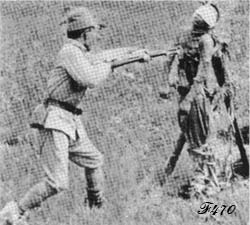
Learning to use a bayonet on a corpse.
In order to kill, it is necessary to be insensitive to the suffering of others.
In order to kill, it is necessary to be insensitive to the suffering of others.
Similarly, the reorientation of judgement and the inhibition of emotional reactions can be observed when the difficulties of life and the assurance of access to Paradise inhibit in some people both the primitive instinct of self-preservation and awareness of the meaning of life.
Whereas the emotional reaction would be to protect others or not to intervene, moral reasoning can lead to self-sacrifice for the group. However, although neither mechanism is perfect, by working together they could lead to behaviour that respects people, society and the environment.
« While a child's sense of morality seems to be innate,
the adult's sense of morality depends on the community »
the adult's sense of morality depends on the community »
B – The innate foundations of morality :
a - Fairness in adults :We now know that our brain has two essential moral predispositions, acquired over the course of evolution : a sense of fairness and an aversion to causing suffering to others.
These predispositions can be found very early on in the toddler's life, when emotional development is already in place. As the child grows up, new cognitive abilities will emerge, made necessary by life in a community : the interests of the greatest number must take precedence over the interests of the individual.
Thanks to the ultimatum game, we have also discovered how difficult it is for humans to accept unequal sharing.
Researchers at the University of Zurich (Institute for Empirical Economic Research) found that after transcranial magnetic stimulation of the right side of the dorsolateral prefrontal cortex (DLPFC), subjects were much more willing to accept offers of unequal sharing. This was seen as proof that this region of the brain contributes to the rejection of unfair situations.
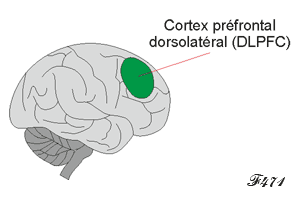
In reality, the DLPFC is thought to contribute to the rejection of unfair financial situations only, which are found only in humans.
It would therefore be an area of evaluation of goods, rather than an area of moral sense, since the latter favours sharing and tolerance rather than a taste for possession and rivalry.
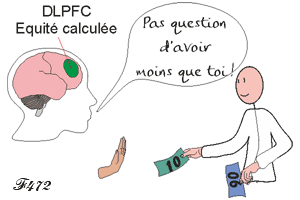 |
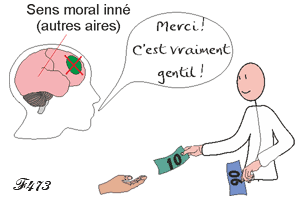 |
In man, in the presence of money, dissatisfaction generally takes precedence over real needs.
b – Do not make others suffer - the importance of emotions :
Aversion to the suffering of others seems to be present in babies even before they learn language, which is the main argument in favour of the innate nature of a primitive form of morality.
According to Vanessa Nurock, Professor of Philosophy at the University of Nanterre, this aversion is then definitively established as the child learns the rules of its culture. It should be noted, however, that this learning process alters the moral sense that stems from empathy by redirecting it towards the interests of the group.
The moral sense may even disappear with regard to anyone outside the group: intolerance then becomes the norm.
On the other hand, when emotion is present, the majority of volunteers are reluctant to sacrifice a person, even to save others [see the coach dilemma above]. Generally speaking, inaction is preferred.
The innate moral imperative not to kill takes precedence over all other considerations.
This choice may seem surprising because it is not 'rational', our reason tending to favour the result obtained after calculating the advantages and disadvantages. For her, favouring the group over the individual is a real advantage because it implies subsequent benefits.
Today, as imaging methods have progressed considerably, work in the cognitive sciences is revealing the brain regions that are specifically involved in our moral decision-making.
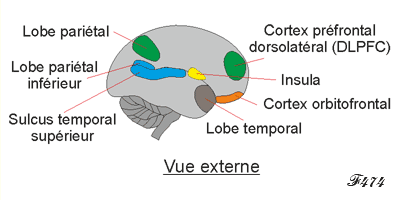
Inferior parietal lobe and superior temporal sulcus : Support for representations of social movements.
Parietal lobe and DLPFC : short-term memory.
Insula : production of pain and feelings of anger.
Temporal lobe : affective memory.
Parietal lobe and DLPFC : short-term memory.
Insula : production of pain and feelings of anger.
Temporal lobe : affective memory.
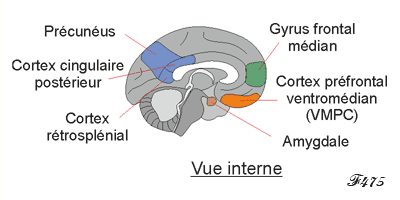
Precuneus, retrosplenial cortex and posterior cingulate cortex : integration of emotions, images and memory
in mental representations related to relationships with others.
Amygdala : evaluation of reward and punishment values.
Medial frontal gyrus : integrates emotions into decision-making.
Ventromedial prefrontal cortex and orbitofrontal cortex : representation of reward and punishment values.
in mental representations related to relationships with others.
Amygdala : evaluation of reward and punishment values.
Medial frontal gyrus : integrates emotions into decision-making.
Ventromedial prefrontal cortex and orbitofrontal cortex : representation of reward and punishment values.
How do the cognitive areas of decision making and the emotional areas of moral sense interrelate ?
There are two elements that stand in the way of moral reasoning : the fact of being the cause of another's suffering (the role of empathy), and the act of killing that is justified solely by the need to feed oneself, both behaviours being found at all stages of animal life.
However, in the animal kingdom, "killing to live" rarely means "slaughtering for no reason".
Learning morality through reasoning is nevertheless inseparable from emotion, which remains indispensable : we know that criminals can very well know that an act is wrong, while carrying it out, because they don't feel it.
c – The predisposition to empathy :
The empathy mechanism appears very early in children. From the 2nd year, when they see a fellow human being in tears, they are inclined to console them. In so doing, by alleviating the other person's suffering, they alleviate their own.
This mechanism persists in adults : as soon as we see a face that expresses suffering, we can enter into resonance with this emotional state, and experience painful emotions.
This feeling can lead us to come to their aid, because the suffering expressed by others not only encourages us to help them : by stimulating the brain area of the amygdala, it can also dissuade us from any aggressive act against the person who, after a fight, submits.
d – The role of altruism and domination in the living world :
1 - The benefits of altruism :
Numerous experiments have shown the extent to which fair exchanges are a source of benefits. For example, altruistic players who are appreciated by their team-mates are more likely to cooperate with them to win the game.
Cooperation is not exclusive to our species. Bacteria are also capable of it: they can organise themselves collectively to make the most of their environment in terms of nutrition. But this fragile organisation can dissolve very quickly. In human beings, on the other hand, cooperation is firmly embedded in our genes.
« La sensibilité qui permet les émotions
est déterminante pour l’épanouissement du sens moral. »
2 - The benefits of domination :est déterminante pour l’épanouissement du sens moral. »
First seen in children [see : The logic of merit], the punishment imposed for non-cooperation can take on a different dimension in adults.
In 1973, psychologists at Stanford University in the United States asked student volunteers to recreate a prison situation. Those designated as jailers were asked to guard prisoners locked in the basement of the university. They were given no instructions on how to behave. However, the jailers quickly demonstrated their disconcerting cruelty, mistreating the prisoners and leading the organisers to call off the experiment.
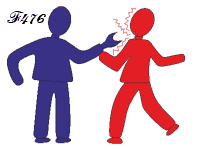
While children have a natural predisposition to cooperate, the result being a shared reward, adults have another predisposition, violence, which enables them to impose cooperation !
«When calculation takes place without emotional intervention,
only the result counts. »
3 - Language has the last word :only the result counts. »
While the tribal model favours cooperation in the common interest, sprawling societies no longer allow it. But empathy requires encounters. Failing that, coercion can be effective. We saw this during the coronavirus epidemic : while families were concerned to protect their loved ones, others often gave priority to their own personal well-being, far removed from compassion and respect for those who fell ill. Only binding rules could reverse this trend.
This is why every society has a set of rules capable of imposing the essential cooperation. While children and adults are both predisposed to cooperation, the distance that separates adults from their fellow human beings leads them to forget their predispositions.
How are these rules organised ? In a tribe or village, example and empathy are enough to maintain a sense of morality. But in a sprawling society, the answer lies in language and culture. Language enables us to adjust our behaviour to that of others, through direct exchange or the written word.

If the encounter fosters emotions...

...language alone is not always enough.
« When moral sense weakens,
language comes in to define the rules of behaviour that are essential for social cohesion. »
language comes in to define the rules of behaviour that are essential for social cohesion. »
If emotions are so important in the expression of a sense of morality, what about subjects who don't feel any ?
In the case of serial killers, despite their knowledge of moral laws and the difference they make between right and wrong, they kill and torture. Why is this?
They have a personality disorder characterised by a tendency to manipulate, emotional indifference and a total lack of remorse.
They are driven by a single imperative : to satisfy their impulses.
They lack an essential regulatory element : the ability to feel the emotions that would prompt them to respect life.
We can therefore say that cognitive abilities alone, no matter how intelligent the subject, do not provide access to a moral sense. They can at best manage the advantages and disadvantages between the satisfaction provided by the act, the weight of the sanctions, and the risk of being caught one day.
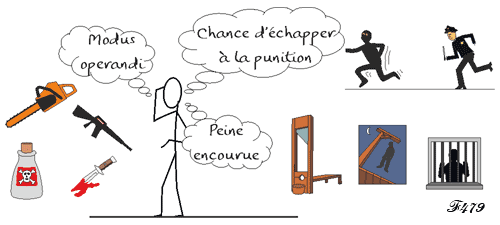
In 1997, James Blair, Director of the Cognitive Neuroscience Unit at the National Institute of Mental Health in Bethesda (USA), carried out a study on inmates at Wormwood Scrubs prison in Great Britain. Two groups of 18 inmates were involved, one of whom was made up entirely of individuals diagnosed as psychopaths.
Photographs were projected onto them, some depicting neutral objects (tables, books, clothes, etc.) and others painful situations (notably children and adults in tears).
On seeing these photographs, the psychopathic inmates showed a lesser emotional response than other inmates. In these prisoners, the amygdala (the brain area responsible for the emotions of fear and repulsion) was less reactive than in healthy subjects in the same situation.
In psychopaths, we have also seen the importance of the role played by their environment : emotional deprivation, distressing situations, as well as educational and social constraints, are preponderant in the development of psychopathy.
However, this role is not decisive. In fact, most individuals who have experienced similar conditions can retain a perfectly balanced personality and an intact moral sense. Their ability to adapt even enables them to anticipate life's shocks and escape them better than many.
 |
 |
Reunion.
« The mere knowledge of good and evil does not provide a moral sense.
But there does seem to be a moral sensitivity that is peculiar to all men. »
But there does seem to be a moral sensitivity that is peculiar to all men. »
C – The brain structures involved in moral judgement :
a - Responses to the intentions of others :In the very young, certain brain structures are brought into play to interpret the intentions of others (posterior cingulate cortex or temporal sulcus), and then to provide their own moral responses (insula, frontal gyrus, prefrontal and orbitorontal cortex).
Emotion plays a decisive role in these responses.
In the adult, these regions will continue to perform their function, but they are subject to the control of other regions that have matured in the meantime.
These include the anterior prefrontal cortex, the orbitofrontal cortex, the insula, the inferior parietal lobe, the anterior and posterior cingulate cortices, the superior temporal sulcus and the anterior portions of the temporal lobes, as well as deeper regions such as the amygdala, the hippocampus and the thalamus.
Two networks with complementary functions share the work :
- On the one hand, the network of mental representations [see : Theory of Mind] comprising in particular the orbitofrontal cortex, the superior temporal sulcus and the anterior portion of the temporal lobes.
- On the other hand, the network of emotional reactions with the orbitofrontal cortex, the anterior cingulate cortex, the insula and the amygdalo-hippocampal region.


Cerebral regions of moral judgement.
b – The feeling of guilt :
The feeling of guilt depends on the amygdalo-hippocampal formation. The amygdala associates inappropriate behaviour with unpleasant feelings, such as having done something wrong to others. It also modulates its response according to the penalty incurred, which is why it is more active in the case of deliberate homicide.
The insula, on the other hand, is involved in feelings of rejection such as indignation or disgust.
The primary emotions therefore appear to be closely linked to moral feelings that arise outside of any voluntary decision. They result from dialogue between different assemblies of neurons spread across multiple regions of the brain.
« Guilt and punishment are two essential elements
in the maturation of the moral sense »
in the maturation of the moral sense »
D - Collective morality and self-interest :
Scientific discoveries are revealing a striking change in human behaviour: adult behaviour is moving away from the innate foundations of the moral sense detected in children.While the basic functions of the moral sense are instinctive, the human brain is above all a social brain. To adapt to social rules, it has had to learn to control instinctive reactions such as fear, aggression and even trust.
Similarly, higher brain functions, such as altruism and the ability to feel empathy, have conformed to the restrictive social conditions that lead people to seek compensation.
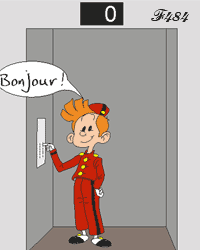
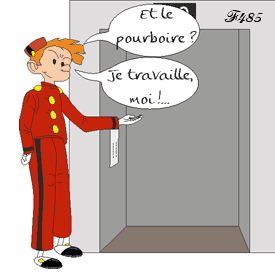
Three games used in neuroeconomics have shown that the moral sense of adults is rational and self-interested : concessions made to the group are motivated by personal interests.
a - The ultimatum game - from spontaneous fairness to fairness imposed by punishment :
In the ultimatum game discussed above, the first person (player A) receives a certain sum of money, for example €100, and must decide how much (from €0 to €100) to give to the second person (player B). The second person must then decide whether or not to accept the offer. If they refuse, neither player receives any money.
If we stick to the standard Homo œconomicus model (which postulates that individuals act according to their own interests), player A should therefore make the smallest possible positive offer, and player B should accept any positive offer.
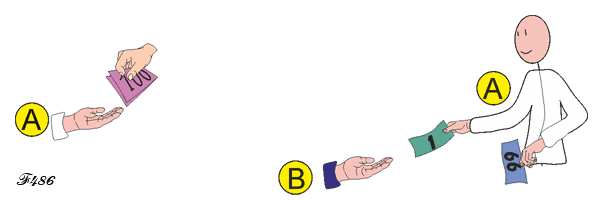
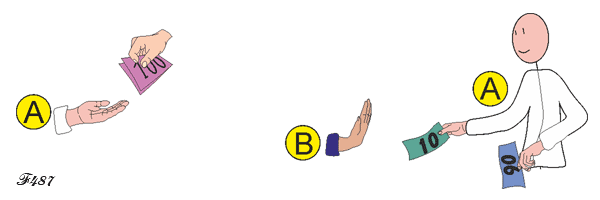
To understand these refusals, A Sanfey recorded the brain activity of around twenty participants.
In the case of the refusal of a low offer, he observed a high level of activity in the subjects' insula, a brain region linked to emotional states of anger or disgust, which suggests that the subjects who refuse the low offer are experiencing a feeling of injustice.
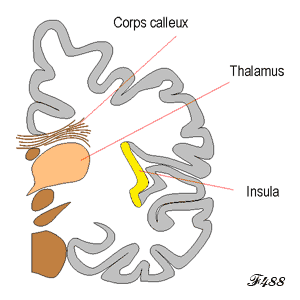
This punitive refusal sanctions the injustice and informs Player A that it is not in his interest to repeat this type of proposition: the aim is to obtain greater benefits in the future.
This punishment is called 'altruistic' because, by losing money himself, player B also makes the unfair partner lose money.
This type of response combines fairness, an aspect of the moral sense that we have observed in children, with punishment, a social rule that prevents selfish behaviour in a group...
A strategic parameter has been added to physiological behaviour: a cost is acceptable if the objective is beneficial in the long term.
This type of behaviour seems to be specific to humans, for whom money is above all a fictitious need that arouses both real and imaginary needs.
While the need for food can be satisfied in animals, in humans the need for money rarely is, because it does not satisfy a physiological need, it only gives hope of access to all dreams.
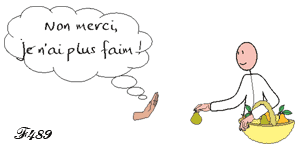
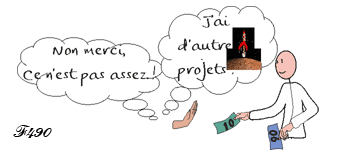
Researchers believe that behaviour involving pure sacrifice, or disinterested altruism, is rare.
b – Public good games :
Other so-called "public good" games, played with or without the possibility of punishment, demonstrate the effectiveness of such punishment. In 2012, Manfred Milinski and Bettina Rockenbach from the Max Planck Institute (Germany) were able to determine that the benefits redistributed are greater when punishment is possible. However, the idea of altruism is ruled out here, as the losses incurred are only immediate.
Other researchers at the University of Bern in Switzerland have shown that punishment activates the caudate nucleus, a brain region linked to reward processing, although they cannot deduce that altruistic sacrifice or punishment is a source of pleasure.
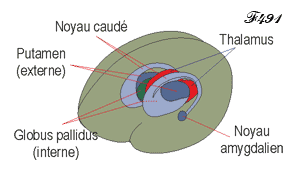
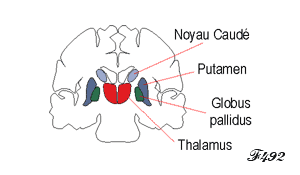
Whether the punishment is altruistic or non-altruistic,
it is always the caudate nucleus (a region linked to reward processing) which is activated.
it is always the caudate nucleus (a region linked to reward processing) which is activated.
We can thus observe the new orientation of human behaviour : the strategies developed concern above all economic gain, whereas the strategy of the animal or small child only concerns needs.
c – The volunteer's dilemma - helping others and guilt :
A 3rd game in experimental economics, the volunteer's dilemma, reinforces this negative view of the human personality.
A person is drowning. Passers-by, attracted by the calls, have gathered on the shore. Who is going to dive ?
No one decides.
A mechanism for redirecting behaviour closely linked to community life has just appeared : the diffusion of responsibility. It reveals that the more spectators there are, the fewer people are prepared to come to the rescue.
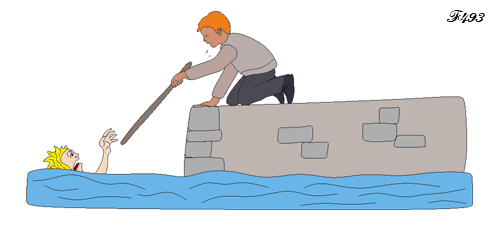
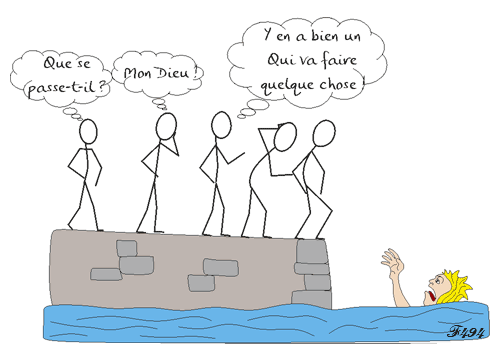
A child who feels the anguish of someone who is drowning will react more quickly instinctively to provide assistance
Rescue.
E - Does true altruism exist in humans ?
Studies show that children's sense of morality diminishes with age. Emotion and spontaneity gradually give way to calculation. Can we then speak of a moral sense when spontaneous cooperation and assistance no longer exist, replaced as they are by social behaviour that may deny the individual for the benefit of the group ?
« Emotional morality seeks individual well-being in relation to others,
Rational morality also seeks well-being, but with an emphasis on social benefits. »
Rational morality also seeks well-being, but with an emphasis on social benefits. »
5 – The adult moral sense : (continued)


